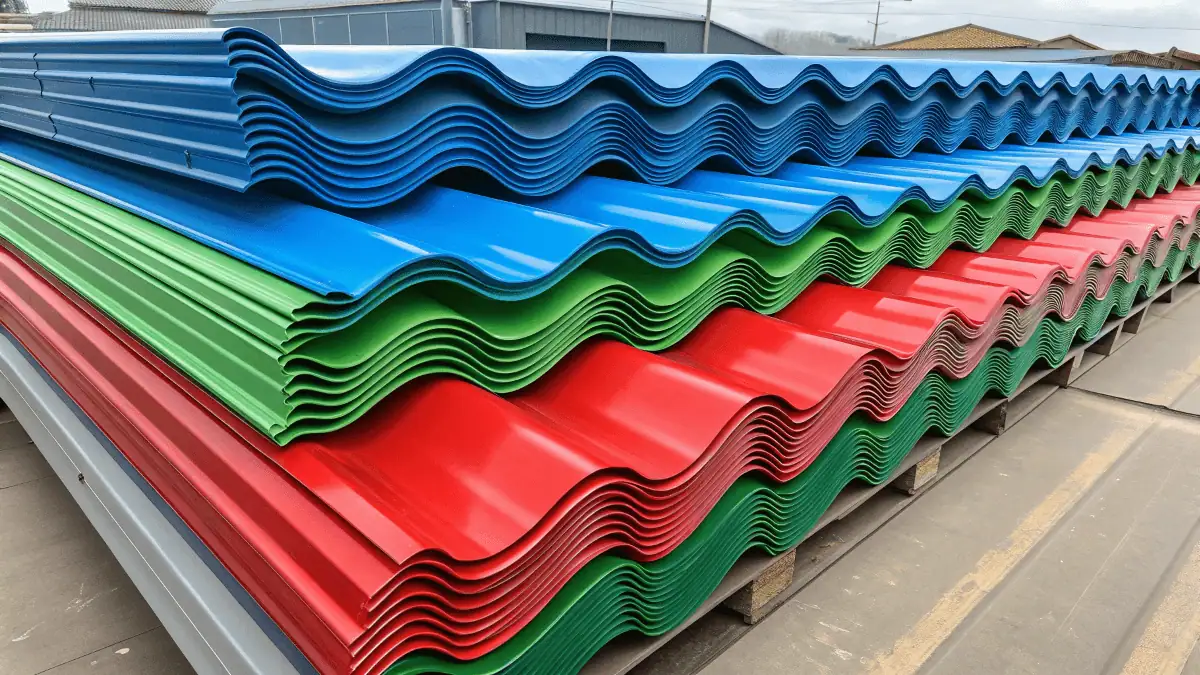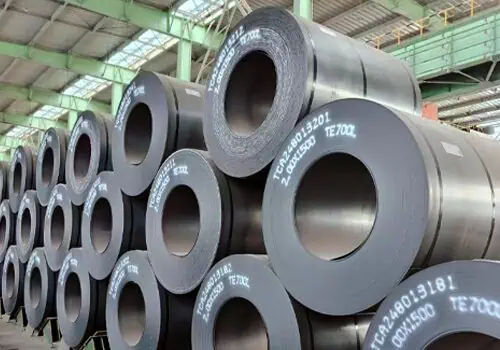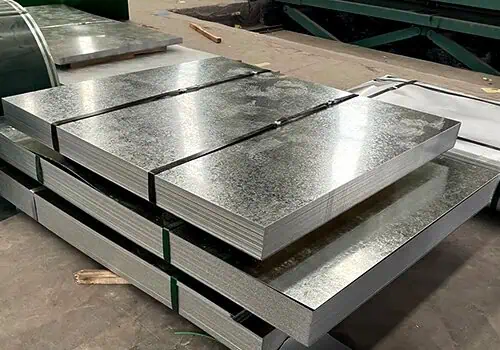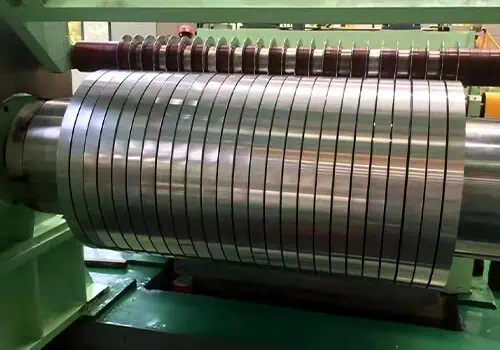Choosing steel products can be confusing. A wrong decision wastes money and time. Understanding the correct PPGI sheet specification ensures durability, efficiency, and long-term success in construction projects.
What is the standard PPGI sheet specification for buyers in construction and industry? The standard PPGI sheet specification includes thickness (0.12–1.2 mm), width (600–1250 mm), coating weight (40–275 g/m²), and color finish. Buyers must also verify compliance with ASTM, JIS, or EN standards, review certifications, and evaluate corrosion resistance. These measures guarantee durability, project safety, and overall cost-effectiveness in the long term.
Now let’s examine the most common questions buyers ask about PPGI sheets and their specifications.
What Are PPGI Sheets?
Many buyers begin by asking what is PPGI sheet and the PPGI sheet meaning. Clear understanding is the first step before making purchasing decisions.
PPGI sheet full form is “Pre-Painted Galvanized Iron sheet,” referring to galvanized steel coated with paint to improve durability and aesthetics.
These sheets combine the strength of galvanized steel with protective and decorative paint layers. They are widely used for roofing, wall cladding, ceilings, and appliances. Typical ppgi sheet uses include residential housing, warehouses, and commercial structures. Compared with a ppgi plain sheet, painted sheets resist corrosion better and enhance visual appeal.
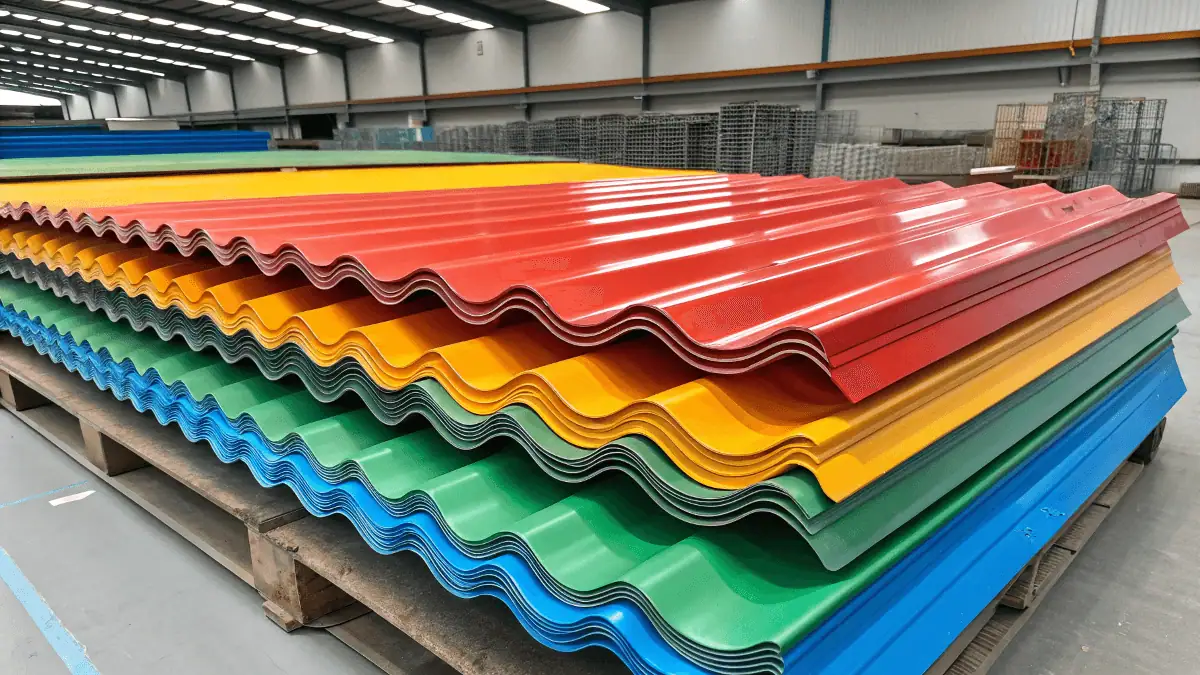
Which Is Better, PPGI or PPGL Sheet?
Buyers often compare PPGI vs. PPGL sheets because both are common in construction and industrial markets.
PPGI is painted galvanized steel, while PPGL is painted galvalume steel with an aluminum-zinc coating. PPGL offers stronger corrosion resistance, but PPGI is more affordable.
The difference between GI and GL sheet explains the variation:GI is zinc-coated, while GL is aluminum-zinc coated. This affects both performance and cost. Buyers must balance budget with environmental conditions. For humid or coastal regions, PPGL may be preferable. For general applications, PPGI offers a competitive PPGI sheet rate and a lower initial cost.
What Is the Thickness of PPGL Sheet?
While PPGI is more common, many buyers also ask about PPGL specifications, particularly thickness ranges.
PPGL sheet thickness typically ranges from 0.3 mm to 1.0 mm. For roofing projects, 0.45–0.6 mm is widely used.
Both PPGI and PPGL sheets follow similar sizing standards. A PPGI sheet weight chart or thickness chart allows buyers to calculate total PPGI sheet weight before shipping. Knowing the size of ppgi sheet also helps optimize transport costs and ensures the product fits project requirements.
What Thickness of PPGI Sheet Is Best for Construction Projects?
Choosing the right thickness is critical to achieving both durability and cost efficiency.
For residential roofing and cladding, 0.4–0.6 mm is recommended. For heavy-duty applications, 0.7–1.0 mm thickness provides higher strength and longevity.
Lightweight projects such as temporary shelters may use 0.3–0.4 mm. Industrial warehouses often prefer thicker sheets. The selection depends on balancing strength requirements and project budgets. Suppliers usually provide guidance alongside the PPGI sheet specification, helping buyers match the sheet thickness to project needs.
Which Coating Weight Is Recommended in PPGI Sheet Specification?
Coating weight is one of the most important indicators of corrosion resistance.
A 40–180 g/m² coating is standard for mild conditions. For coastal or humid regions, 200–275 g/m² provides superior performance and longevity.
Heavier coatings increase the PPGI sheet price, but they significantly extend product lifespan. For example, a pre-painted galvanized steel sheet price with 275 g/m² coating may be higher initially but delivers lower long-term maintenance costs. Buyers should request factory certificates confirming coating weights.
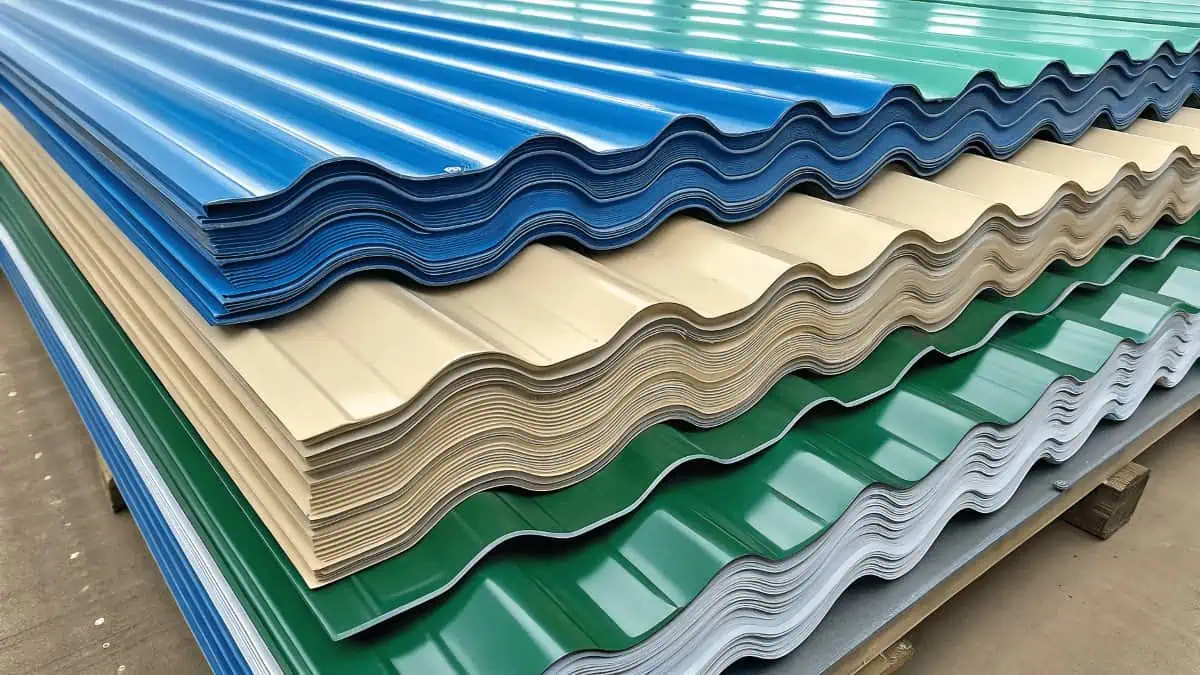
How Do International Standards Affect PPGI Sheet Specification?
International projects often require compliance with recognized standards.
PPGI sheets are commonly produced under ASTM, JIS, or EN standards, ensuring compatibility with construction regulations worldwide.
Buyers should request ISO9001 certification or third-party inspections such as SGS or BV. Aligning with international standards ensures smooth customs clearance and prevents costly rejections. Suppliers must provide mill test certificates (MTC) as proof that the PPGI sheet specification meets project requirements.
What Color Options Are Available in PPGI Sheet Specification?
Color is not only aesthetic but also functional, affecting energy efficiency and branding.
Common colors include red, blue, green, and grey based on the RAL chart. Custom shades are available on request.
Light shades reflect heat, reducing cooling costs, while dark shades add design flexibility. Buyers can select finishes to match project goals. The PPGI sheet price may vary depending on coating type, gloss level, and customization.
How Long Do PPGI Sheets Last?
Lifespan is a primary concern for most buyers investing in steel products.
PPGI sheets typically last 15–25 years in moderate conditions and longer with proper coating and maintenance.
Service life depends on environment, thickness, and coating weight. In coastal areas, choosing heavier coatings is essential. Consulting the PPGI sheet weight chart helps in selecting the proper grade for durability. Buyers aiming to reduce replacement costs should prioritize high-quality finishes.
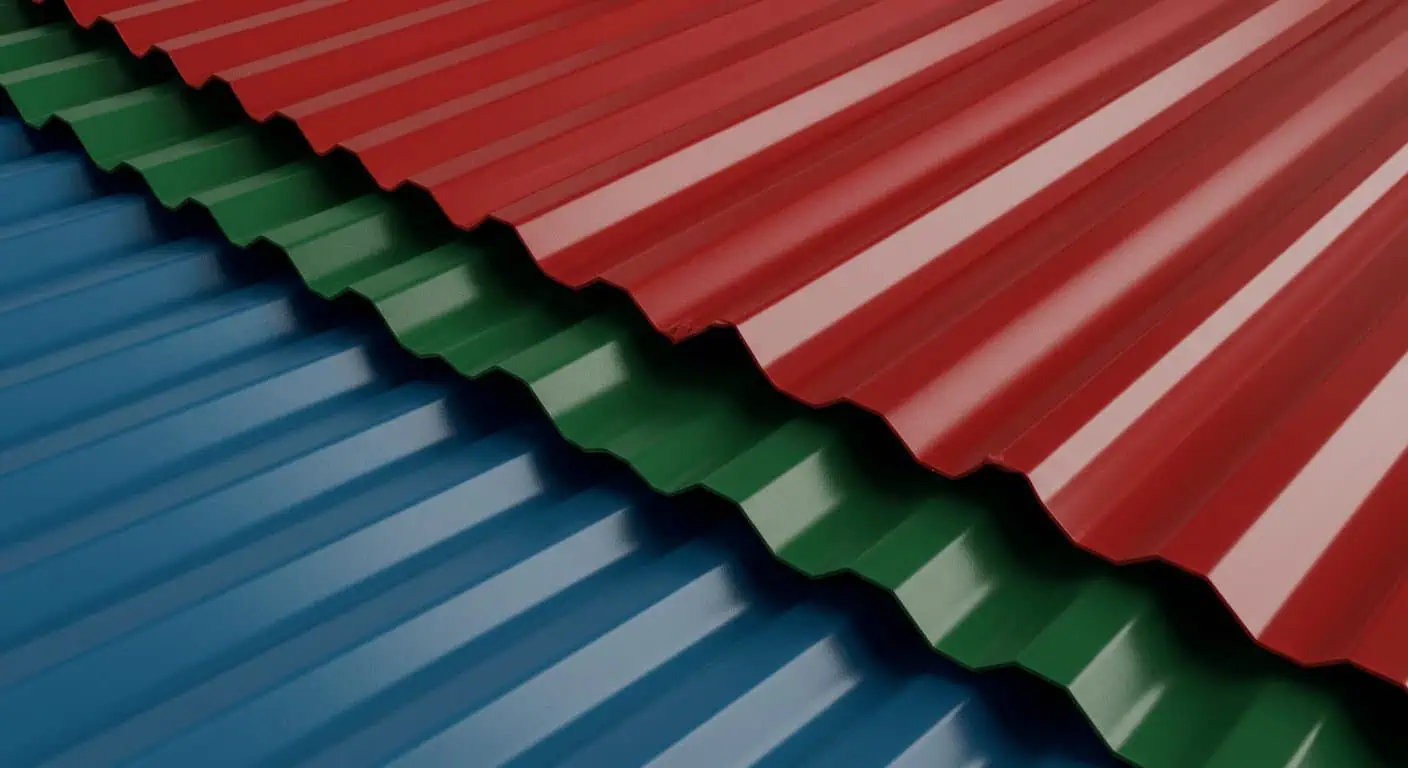
Are PPGI Sheets Waterproof?
Waterproofing is essential for roofing and wall systems in construction.
Yes, PPGI sheets are waterproof when installed correctly with overlaps and sealed joints.
The galvanization and paint layers provide water resistance. However, incorrect installation can lead to leakage. Reviewing both the PPGI sheet specification and installation guidelines ensures reliable waterproofing performance. Proper sealing extends the functional life of the structure.
How to Check the Quality of PPGI Sheets Before Shipment?
Quality verification helps prevent costly disputes and project delays.
Buyers should request mill test certificates, third-party inspection reports, and pre-shipment documentation such as photos or videos.
Trusted suppliers provide SGS or BV inspection reports confirming thickness, coating, and finish. Buyers should also confirm the size of the PPGI sheet against purchase orders. Reviewing compliance documents and physical evidence ensures the right material is delivered and meets the agreed ppgi sheet specification.
Example: PPGI Sheet Weight Chart
| Thickness (mm) | Approx. Weight (kg/m²) | Common Application |
| 0.30 | 2.35 | Light roofing, shelters |
| 0.40 | 3.13 | Residential roofing |
| 0.50 | 3.92 | Wall cladding |
| 0.60 | 4.70 | Warehouses |
| 0.80 | 6.27 | Industrial projects |
| 1.00 | 7.85 | Heavy-duty applications |
This table helps buyers estimate PPGI sheet weight based on thickness and calculate shipping costs. It also provides guidance for selecting the right sheet for each project.
Summary
Understanding PPGI sheet specification ensures better project planning, cost control, and durability. Buyers who prioritize standards and inspection avoid risks and achieve long-term success.

